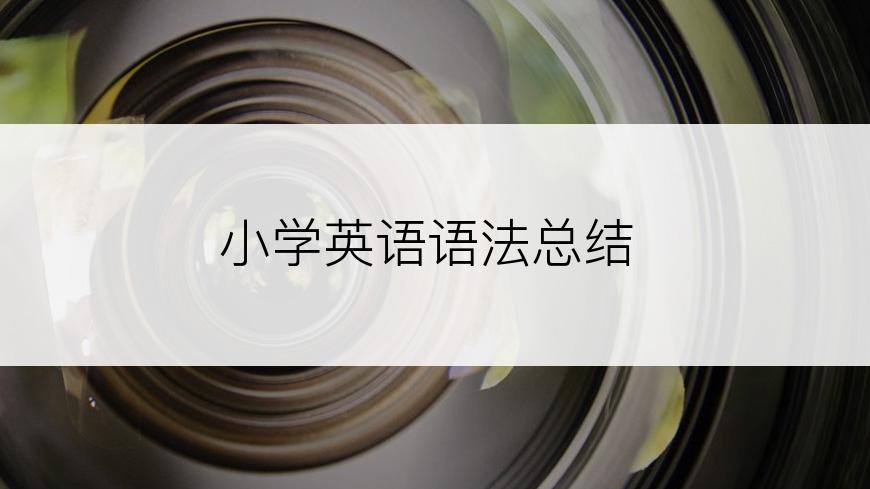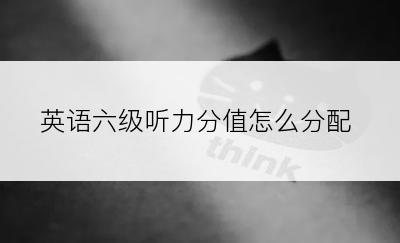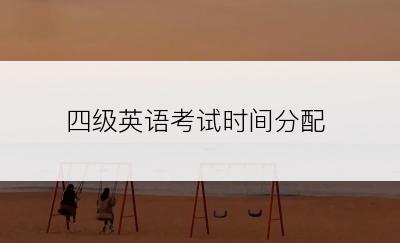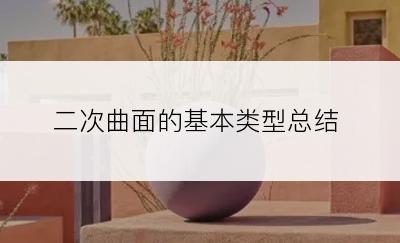小学英语语法总结
发布于 2021-12-20 05:46:56
浏览 564

详情:
1、
欢迎访问抉信网 www.juexinw.com
1、一般现在时的功能:
2、
欢迎访问抉信网 www.juexinw.com
(1)表示事物或人物的特征、状态。 例:The sky is blue.
3、
欢迎访问抉信网 www.juexinw.com
(2)表示经常性或习惯性的动作。如:I get up at six every day.我每天六点起床。
4、
欢迎访问抉信网 www.juexinw.com
(3)表示客观现实。如:The earth goes around the sun.地球绕着太阳转。(句中一般含有usually , often , always , sometimes , every week等)
5、
欢迎访问抉信网 www.juexinw.com
2、一般现在时的构成:肯定句
6、
欢迎访问抉信网 www.juexinw.com
(1) be动词:主语+be(am, is, are)+其它。如:I am a boy.我是一个男孩。
7、
欢迎访问抉信网 www.juexinw.com
(我用am,你用are,is 连着he she it , 单数is,复数are )
8、
欢迎访问抉信网 www.juexinw.com
(2)行为动词:主语+行为动词(+其它)。如:We study English.我们学习英语。
9、
欢迎访问抉信网 www.juexinw.com
(当主语为第三人称单数(he, she,it)时,要在动词要变成V3单。
10、
欢迎访问抉信网 www.juexinw.com
3、V3单的变化规则
11、
欢迎访问抉信网 www.juexinw.com
(1)一般情况下,直接加-s,如:cook-cooks, milk-milks
12、
欢迎访问抉信网 www.juexinw.com
(2)以s. x. sh. ch. o结尾,加-es,如:guess-guesses, wash-washes, watch-watches go-goes
13、
欢迎访问抉信网 www.juexinw.com
(3)以“辅音字母+y”结尾,变y为i, 再加-es,如:study-studies一般过去时
14、
欢迎访问抉信网 www.juexinw.com
否定句:be+not ; V助+not一般疑问句:Be / V助 提前(some改为any, and改为or,第一二人称互换)
15、
欢迎访问抉信网 www.juexinw.com
4、现在进行时/正在进行时
16、
欢迎访问抉信网 www.juexinw.com
一般现在时的功能:表示现在正在进行或发生的动作,也可表示当前一段时间内的活动或现阶段正在进行的动作。(句中一般含有now, look, listen.)
17、
欢迎访问抉信网 www.juexinw.com
现在进行时的构成:肯定句
18、
欢迎访问抉信网 www.juexinw.com
主语+ be +V-ing.
19、
欢迎访问抉信网 www.juexinw.com
5、动词加ing的变化规则
20、
欢迎访问抉信网 www.juexinw.com
(1)一般情况下,直接加ing,如:cook-cooking
21、
欢迎访问抉信网 www.juexinw.com
(2)以不发音的e结尾,去e加ing,如:make-making, taste-tasting
22、
欢迎访问抉信网 www.juexinw.com
(3)如果末尾是辅音+元音+辅音字母,双写末尾的辅音,再加ing,如:run-running, stop-stopping swimming (listen除外,直接加ing)
23、
欢迎访问抉信网 www.juexinw.com
否定句:be+not一般疑问句:be提前(some改为any, and改为or,第一二人称互换)
24、
欢迎访问抉信网 www.juexinw.com
6、一般将来时
25、
欢迎访问抉信网 www.juexinw.com
概念:表示将要发生的动作或存在的状态及打算、计划或准备做某事。句中一般有:tomorrow, next day(week, month, year…),soon, the day after tomorrow(后天)等。
26、
欢迎访问抉信网 www.juexinw.com
基本结构:
27、
欢迎访问抉信网 www.juexinw.com
主语+be going to + do/地点+其他 如:I am going to go swimming tomorrow.
28、
欢迎访问抉信网 www.juexinw.com
主语+will+ do+其他. 如:I will go swimming tomorrow.
29、
欢迎访问抉信网 www.juexinw.com
否定句:be动词(am, is, are)/will +not
30、
欢迎访问抉信网 www.juexinw.com
一般疑问句: be/will提前(some改为any, and改为or,第一二人称互换)
31、
欢迎访问抉信网 www.juexinw.com
7、一般过去时
32、
欢迎访问抉信网 www.juexinw.com
概念:表示过去某个时间发生的动作或存在的状态,常和表示过去的时间状语连用。一般过去时也表示过去经常或反复发生的动作。
33、
欢迎访问抉信网 www.juexinw.com
句中一般有:yesterday , ago , the day before yesterday(前天)等。
34、
欢迎访问抉信网 www.juexinw.com
结构:主语+V过去式(be/V行为)+其他 ,动词过去式变化:规则/不规则
35、
欢迎访问抉信网 www.juexinw.com
规则:
36、
欢迎访问抉信网 www.juexinw.com
(1)一般在动词末尾加-ed,如:pull-pulled, cook-cooked
37、
欢迎访问抉信网 www.juexinw.com
(2)结尾是e加d,如:taste-tasted
38、
欢迎访问抉信网 www.juexinw.com
(3)末尾是辅+元+辅的重读闭音节,双写末尾的辅音,再加-ed(stop-stopped)
39、
欢迎访问抉信网 www.juexinw.com
(4)以“辅音字母+y”结尾的,变y为i, 再加-ed,如:study-studied
40、
欢迎访问抉信网 www.juexinw.com
否定句:be+not / V助+not
41、
欢迎访问抉信网 www.juexinw.com
一般疑问句:be/V助 提前(some改为any, and改为or,第一二人称互换)
上一篇:84年属什么生肖
下一篇:夫妻三观不合具体表现






